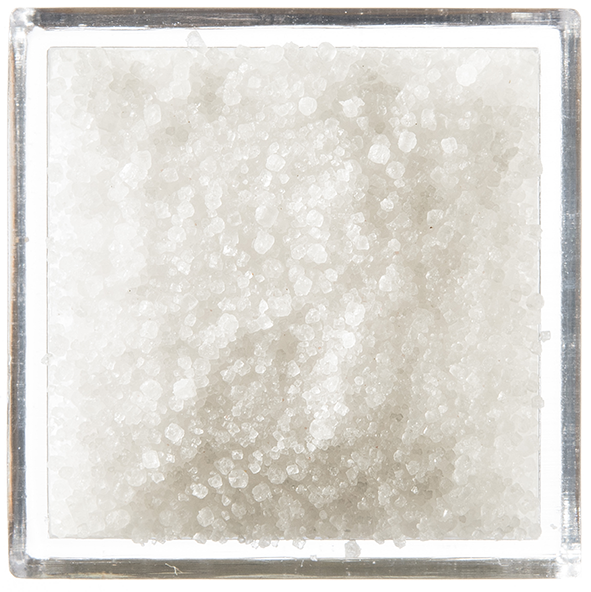| Nitrogen Total (N) | 0% |
| Phosphorus Pentoxide (P205) | 0% |
| Water soluble (P205) | 0% |
| Potassium Oxide (K20) | 62% |
| Water soluble (K20) | 62,0% |
 Printsheet
Printsheet


Potash is the most widely used potassium (K) fertilizer in agriculture worldwide. Potash fertilizer is:
Potash (potassium chloride) is the most widely used potassium source in agriculture. It is also known as Muriate of Potash (MOP) with an analysis of 0-0-60. The chemical formula is KCl. Its nutrient composition is approximately: Potassium (K): 61% K2O, Chloride (Cl): 46%.
Potassium is essential for photosynthesis, protein synthesis, nitrogen fixation, starch formation and the translocation of sugars. It also:
Fine Potash fertilizer is ideal for:
Potash is the most valued and widely used potassium fertilizer in agriculture worldwide. Potash increases disease resistance, drought tolerance, plumpness of grain and seed, and improves stem rigidity and cold hardiness. Application of potash enhances firmness, texture, flavor, size and color of fruit crops, and increases oil content of oil crops.